My research question
How can I incorporate more experiential learning type of activities inspired by the IPF ‘Cultural Consequences’ task in the Business pathway at level 4 to foster creativity in students?
Rationale
I wanted to look into experiential learning using the Cultural Consequences activity as a basis because the majority of students come to IPF desiring to study Design. The Business pathway is often a second or third choice for many students who end up in this pathway for term 2 and 3. They often have the perception that Business is mainly theory and that there is not much space for them to express their creativity the way they would do in the Design pathway. Since I started the PGCert, I have included different teaching techniques such as object based learning to get students out of their heads and use their hands a little bit more. It feels like in rotation projects, we have to seduce students into choosing Business so I find myself searching for creative ways to deliver content and make lessons a lot more more interactive and interesting and reassure students that their creativity will not be dormant if they choose to study Business.
Context/Background:
My academic practice: I teach Fashion Business Management on the IPF (International Preparation for Fashion) level 4 course. The course is comprised of 3 pathways: Design, Media and Business. In the first term, students start their journey with a Cultural Consequences activity in which they have to work in groups to create a costume made from parts of each peer’s culture. The activity takes place over two days with a fashion show on the third day to showcase their costumes. The fashion show is attended by students, teaching staff, extended staff (cleaners, security…) and school deans. In the following three weeks, students will get an introduction to all three pathways through rotations resulting in a project that will be assessed to determined their best pathway based on choice and performance. In the second rotation takes place over two weeks. Students choose two of their favorite subjects and will also submit projects that will be assessed along rotation 1 project. After marking and submitting their choices, the teaching team will decide which pathway is best suited for each student.
Blogs
1/ Experiential learning blog
Experiential learning is the process of inquiring the nature of experience and how we learn from it.
Some scholars have suggested that the word experiential learning is redundant because learning itself is generally conceived to be derived from experience as opposed to instinct for example.
Keeton and Tate (1978) defined experiential learning as: ‘learning where the learner is directly connected with the realities being studied. It differs from the learner who solely hears about, reads about, or talks about said realities without experiencing or encountering them as part of the learning process. The main source of learning is then a sense experience and in-context action instead of deep thinking, analysis, or academic knowledge. Some institutions and I feel my course (IPF) offer this type of classroom experiential learning exercises to incorporate direct experience element to the traditional academic studies. This is especially the case during the welcome project of Cultural Consequences where students only rely on in-context group action.
Experience permeates all types of learning; yet its importance is not always acknowledged and sometimes disregarded. One of the pillars of experiential learning is active engagement as it involves the students to be fully immersed through their thoughts, feelings, and physical activity. Beard & Wilson (2006) state that Experiential Learning is the:” sense-making process of active engagement between the inner world of the person and the outer world of the environment.” Consequently, the internal and external environments both play a key part in experiential learning.
However, the lack of structure and deviation from the traditional classroom learning process they were accustomed to can be too confusing for them to get much from the unstructured group. (Kolb, 2015). Some students did not perform well during the welcome project and had trouble engaging with the group.
A solution to this may be to provide a certain level of structure to the group by providing clear instructions when adapting experiential learning to the business pathway and making sure that all students understand requirements and outcome of the class activity. This was my strategy as I prepared my action research. I made sure that the instructions were clear and understood by all group members to maximize a positive outcome.
2/ Reflection on ARP workshop N3 activity: Finding joy during research process.
I got to share with four of my peers moments of joy during my research process. I shared two pockets of joy from my research process. The first one was the fact that a student from the second rotation , shared with me that she changed her 1st pathway choice from Design to Media after the last class I taught on Experiential Marketing as part of my research project which was also my intervention. This is an example of the kind of result that I wanted to achieve by incorporating experiential learning activities into the Business pathway but was not expecting it so soon. I am aware of the fact that her change of mind is not totally attributed to that one lesson but it was a pleasure to see how this specific student enjoyed the class. This was visible through her facial expressions and engagement during class and of course, her sharing her decision at the end of the class/intervention.
This pocket of joy really resonated with the following quote from Wang Ken, Song of Joy I found on experiential learning during my research:
‘Pleasure is the state of being brought about by what you learn. Learning is the process of entering into the experience of this kind of pleasure. No pleasure, no learning. No learning, no pleasure.’ (Kolb, 2015)
3/ Research methodology blog
To conduct my research action, I chose qualitative research as a methodology. Qualitative research’s aim is to approach the external world with the goal to understand and depict social phenomena from the inside through analysis of experiences of individuals or groups, it can also be performed by analyzing interactions and communications through observations and analyzing the data collected. (Merriam & Tisdell, 2016)
The ethnographic method I used allowed me to conduct research in settings where students come to everyday and are familiar with. It was also multifactorial as I used two data collection techniques, observations, and questionnaires. Observations are one of the primary sources of data in qualitative research setting such as action research studies for example. I chose observations as first methodology because they take place in the environment where the research was happening and the observational data presented me with a firsthand interaction with the activity which I can then support with data from questionnaire.
As a qualitative researcher, I was interested in accessing my students’ experiences and interactions during an experiential learning activity. My research cycle started with planning, using notes from observation of the initial Cultural Consequences welcome activity, creating a questionnaire to collect data from students on both their experience of the welcome group activity and the activity that I adapted from it to the business pathway. I also used observations during the activity. The analysis of both the questionnaires and notes from observation lead me to then present of my findings and reflect on further application of experiential learning. (Merriam & Tisdell, 2016)
I used the below figure to guide my research cycle and organize the activities around my research.
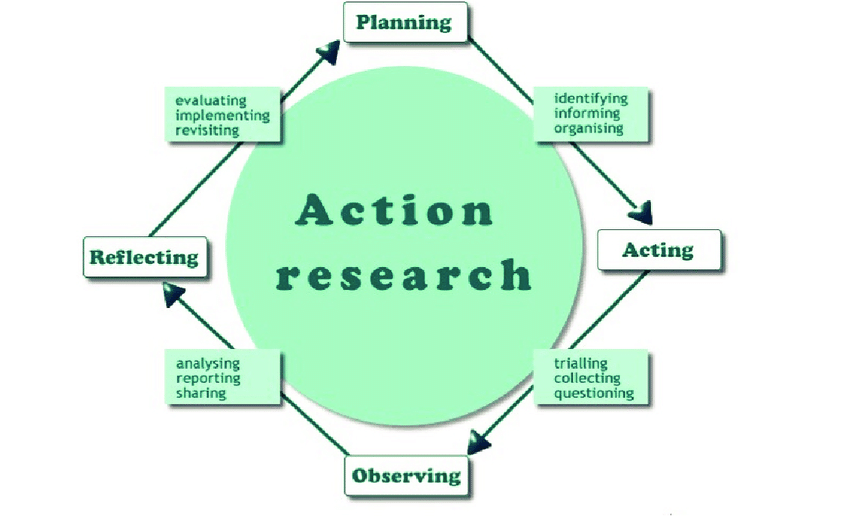
Source: https://www.researchgate.net/figure/An-action-research-cycle_fig1_330878189
4/Social Justice and Sustainability blog
During the COVID-19 pandemic, the world at large and higher education were impacted by the ongoing social unrest. Movements such as Black Lives Matter, police brutality against people of color, Asian-hate, trans focused brutality, and global warming augmented the frequency and visibility of social protests and were also emphasized in the media. There was an increased social consciousness that had the potential to affect students’ willingness to get involved with social justice movements and further engage with universities environments. (Parson & Ozaki, 2021)
Alongside the highlighted inequities and hostile social climate, more and more of those injustices were exposed in higher education, especially from BAME students. Students’ affairs and Co-curricular environments are primary settings where students can build connection, create a sense of belonging, and growth on a campus. As teachers, our roles also involve creating safe, often identity-related, safe, equitable and just universities. The current social environment demands that we take more responsibility in identifying the perspectives, developing the skills and abilities to teach and support students. (Parson & Ozaki, 2021)
As a collective in the higher education and especially the fashion industry, we must explore the use of teaching and learning approaches to deal with social justice and sustainability concerns and outcomes in the context of student affairs and core curricular activities. We must find ways to demonstrate how teaching and learning can be harnessed for change and counter the attitudes and believes that reinforce inequitable outcomes both for SoC, our students and the environment.
The IPF course is going through re-approval, and I have had the opportunity and privilege to be part of the team and participate in the re-approval process by suggesting with my colleagues, ways to amend our curriculum to include social justice and sustainability frameworks. I have also found out FashionSEEDS resources for fashion tutors from the UAL Centre for Sustainable Fashion.
FashionSEEDS (Fashion Societal, Economic and Environmental Design-led Sustainability), a European collaborative network of fashion universities states that:’ education is the leverage point for change in societies, cultures, and economies, and in a time of climate emergency, individual and systemic change in fashion is needed now more than ever. As fashion tutors we have the opportunity and responsibility to be change makers; to nurture the knowledge, skills, and competences that both challenge the damaging practices of the existing fashion system and design new systems that restore nature an equity.’ (Sustainable Fashion.com, 2024)
The proposition of FashionSEEDS is that every aspect of fashion is derived from nature. Nature’s resource is allowing the creation of activities, garments, accessories, images, and several other elements that jointly become part of our identities as human beings. A solid understanding of the limits of nature’s supplies and acknowledgement of human equity supports a core understanding upon which social, environmental, cultural, and economic pillars are constructed.
Below are the four pillars of sustainability that teachers are encouraged to use in their curriculum design:
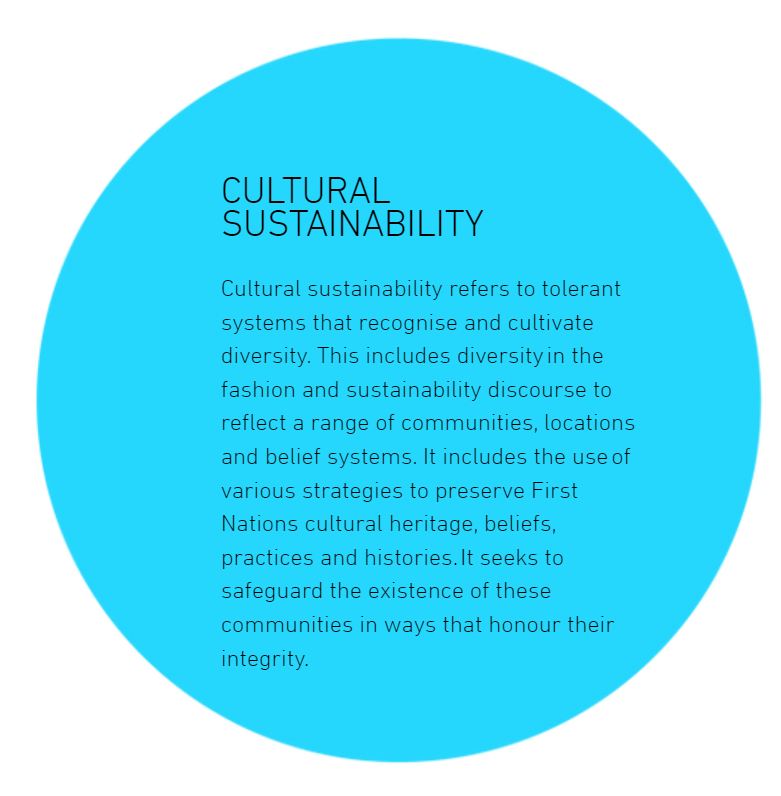
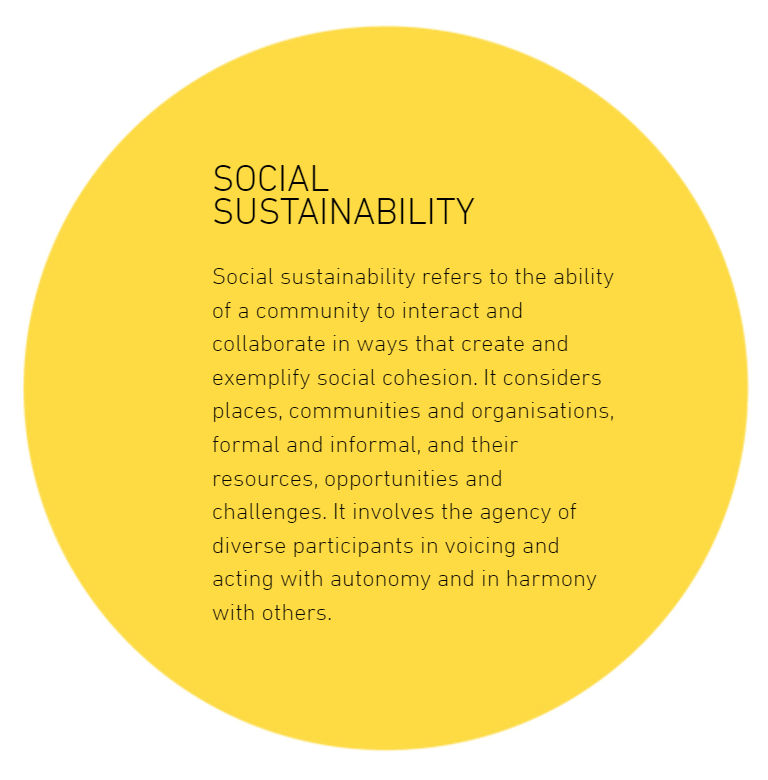
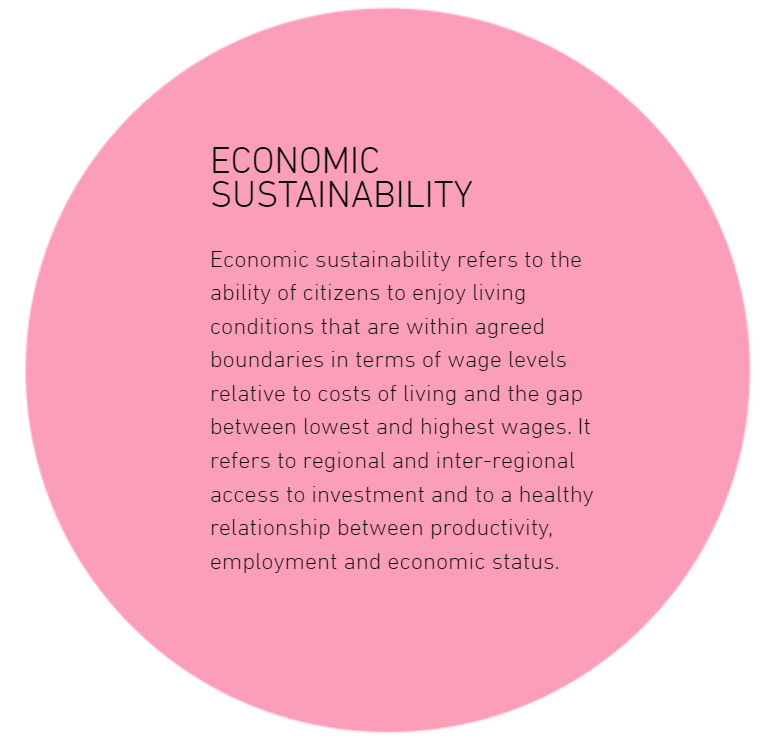
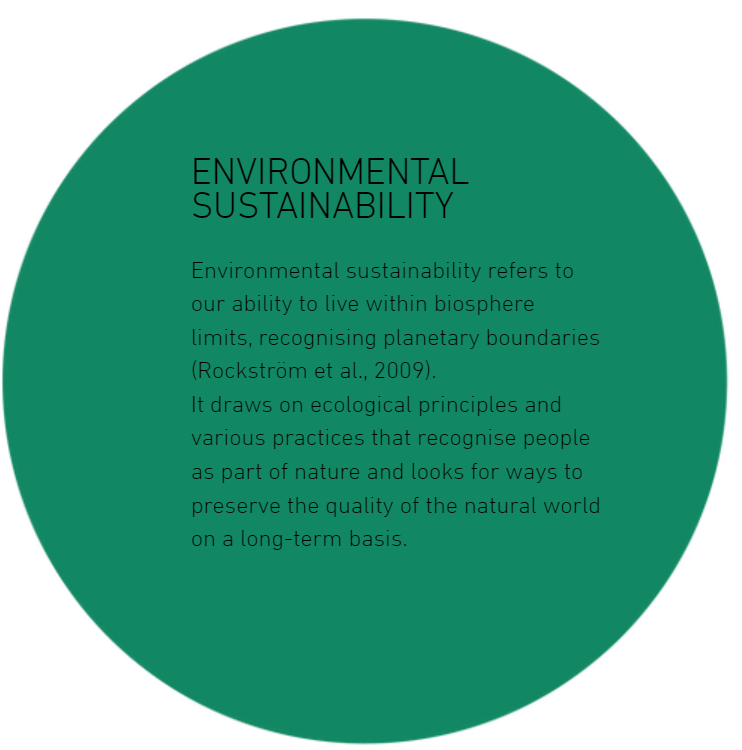
The website further contains toolkits such as: Course Designer, FashionSEEDS Design Canvas, Personas, FashionSEEDS Cards and Learning Activities Tool that I have accessed and looking forward to implementing to aid with redesigning my courses and gaining a more holistic and expanded outlook on social justice and sustainability issues.
My Intervention
My intervention consisted in creating a lesson on Experiential Marketing where student needed to choose a brand, create a product or service following a SWOT analysis of the chosen brand. The lesson was made of a ‘learning through making’ class activity that I observed as part of my research, where students worked in group to create the experiential marketing strategy. They then presented it to their peers at the end of the session. The group activity was a practice run so that students understood the principles of experiential marketing and hopefully reproduce the same outcome for their individual portfolios. Through doing the action in class, the aim for the students was to learn through the group experience and then apply. My intent with the intervention was to reflect deeply and research for means to extract the ‘active experiential learning ingredients’ through observation and questionnaires, that helped students perform brilliantly during the Cultural Consequences welcome project and use it to produce better learning process and outcome in the Business pathway.
What’s Next
In the near future, meaning this term, I am planning along with my colleague to incorporate more experiential learning activities to get students to create more physical and tangible outcomes to include in their portfolios. Especially for subjects such as Visual Merchandising and Branding. Last year, after the object based learning activity I learned during the PGCert, I applied the activity to a pricing lesson using a piece of clothing. This type of activity helped speed up the students understanding of pricing and made the lesson a lot more interactive with full participation of students. I have noticed that students enjoy learning through making with their hands and creating tangible outcomes even in a theory based pathway.
‘Learning through making is a signature pedagogy in fashion and sustainability, and a foundational pedagogy in art and design. Locations and activities of making involve technical, aesthetic, ergonomic and creative skills, alongside reflexivity that connects personal, political and professional perspectives of skills and capabilities development. There is, perhaps, no greater place of connectivity between surface, deep and implicit structure than in this realm. Fashion making involves a consideration of how background, culture and values interact to shape our knowledge and perceptions and those of others (UNESCO, 2002).‘
I will use the resources below (see figures 6 & 7) that I have downloaded from the FashionSEEDS website to help re-design some of my lessons in alignment with UAL Social Justice and Sustainability frameworks.
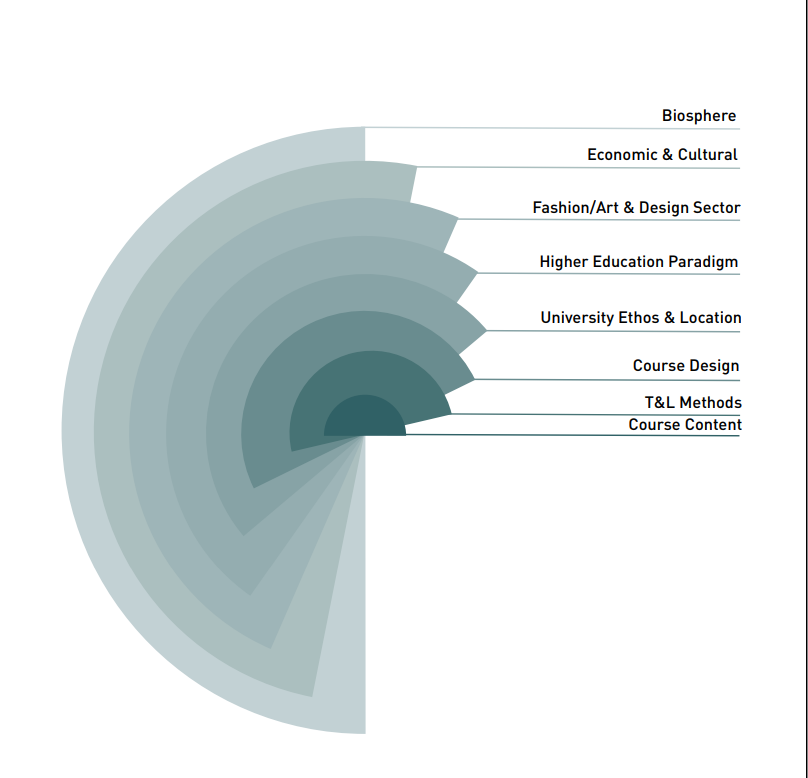
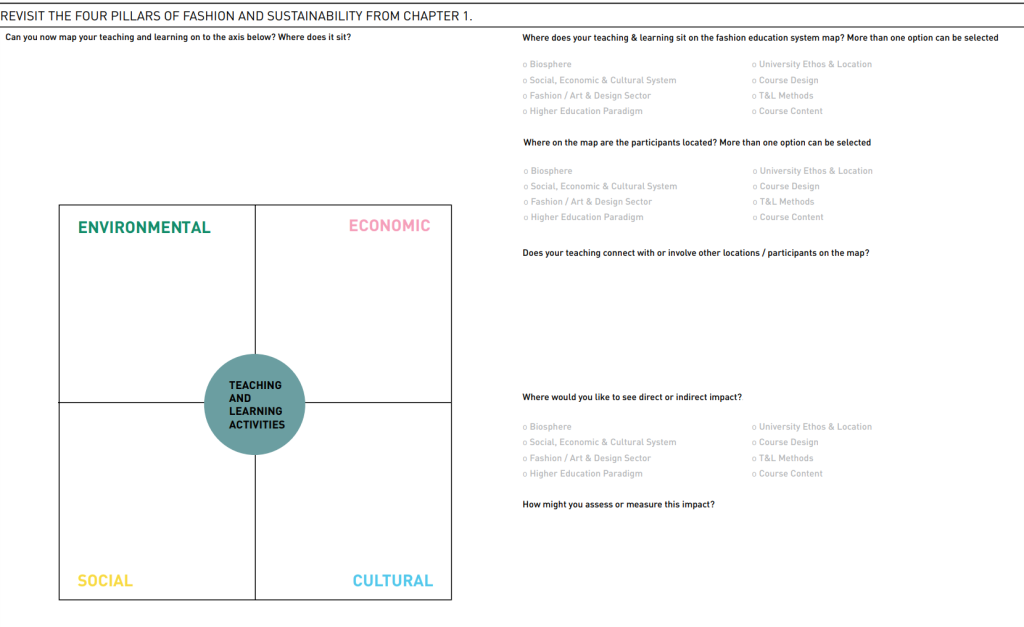
Project findings
My findings through observation and questionnaire:
- Group dynamics: having students from different cultures but mainly from Asia, I new that one challenge would be language within the group dynamic. I purposefully mixed students to have at least one or two students with a fluent level of English in each groups. What I observed was that the difficulty came from both sides meaning that students with a good level English had as much difficulty in communicating as students whose English was less fluent. The survey supported my observation showing that students resorted to other means such as sign language and technology to overcome the language challenge as shown below:



The above screen shots were answers to the following question: ‘What did you find challenging during the welcome project?’
- Another interesting answer to that question was the following answer:

This student’s answer was enlightening and I would have loved to have the opportunity to follow up if this was part of the research to further understand their position and the reason why they didn’t feel proud of their cultural heritage. Yet, another student responded ‘it’s really memorable, I learnt about the American culture street art’, to the question: ‘How meaningful was the activity for you and what did you learn about others’ cultures’?
This further emphasizes the need for social justice and sustainability frameworks to be included in the curriculum. I also believe that this student’s response is a great testament to the necessity of the IPF ‘Cultural Consequences’ welcome project. A colleague I asked for feedback on the welcome project said:
In smalls groups students create their own visual consequence based on traditional costumes from their different hometown/country, which they will then interpret to create a 3 dimensional sculptural piece which represents all of their national identities.
‘In smalls groups students create their own visual consequence based on traditional costumes from their different hometown/country, which they will then interpret to create a 3 dimensional sculptural piece which represents all of their national identities. This project enables students to draw on their own cultural capital and “reflect on our individual actions and societal values through self-awareness and reflective practice”.
- The following finding resonates with what I mentioned in my experiential learning blog regarding structure. I was very surprised to uncover that 50% of students recognized that there was enough structure but 60% of students admitted that there was almost not enough structure to the the task they were asked to perform which somehow I feel is voluntary from the teaching team.

On a positive note, I observed that the lack of structure forced students to create their own group dynamic and give a direction to their analysis and final outcome. We were asked by the course leader to start tracking students and find out during observations, students’ potential for either Media, Design or Business pathways. However, I also noticed that some students felt left out and did not engage much because of some challenges such as language for example.
However, a response from question 9 on my specific intervention of applied experiential learning on the Business pathways mentioned structure in a way that allowed students to be free with their creativity. See figure below:

Initially, I observed a sense of confusion at the beginning of the intervention group task because each team member needs to understand the task at hand. Eventually, when the understanding is settled, the dynamic changes and ideas start flowing.
- Finally, I would like to present some answers related to my intervention on Experiential Marketing to support my claim to use experiential learning to show students that they can remain creative within the Business pathway. It is important to note that 50% of sampled students mentioned Design as their preferred pathway and 40% said that Business was their preferred pathway choice.
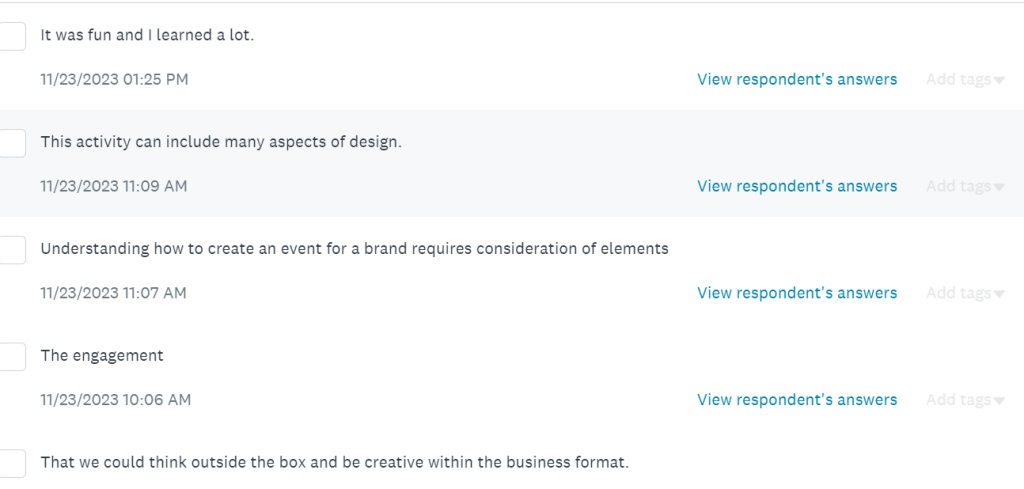
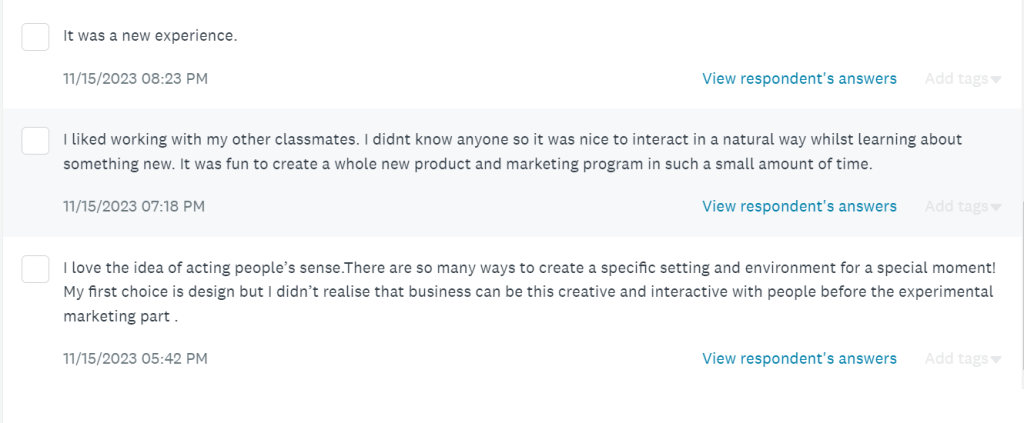
I am pleased to see that some students have recognized that they can be creative within the business pathway without me using the word ‘creativity’ in the question. I guess, the most meaningful answer is the last answer where the student mentioned that their ‘first choice was design but didn’t realize that business could be this creative.’ This answer to me is success!
Presentations
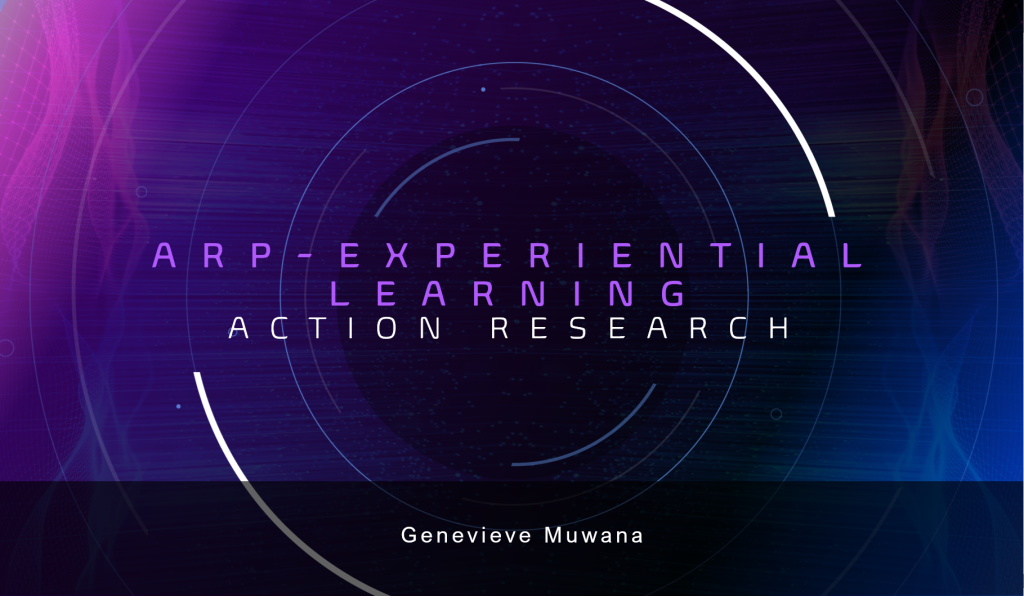
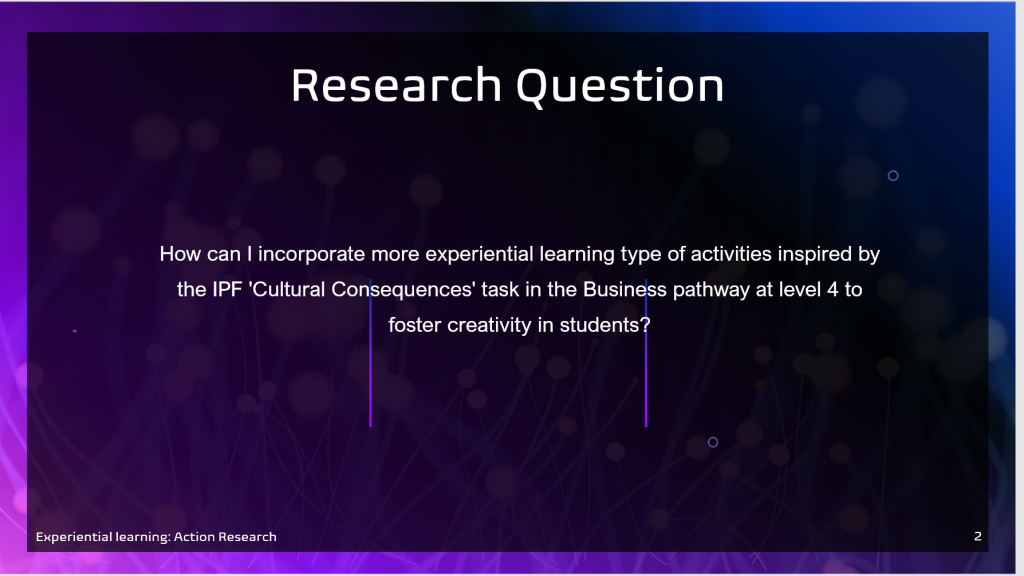
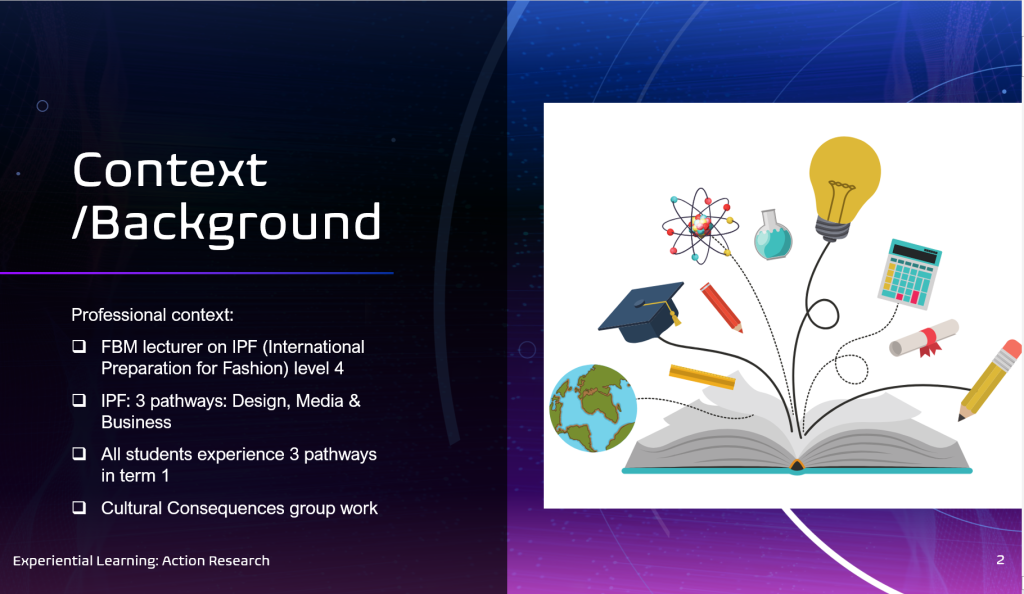
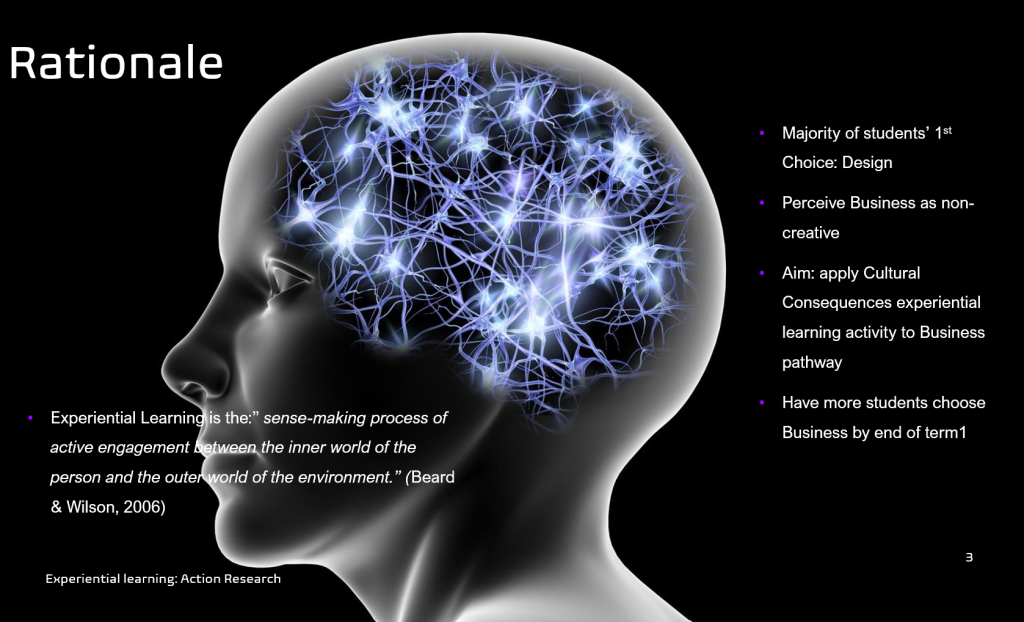
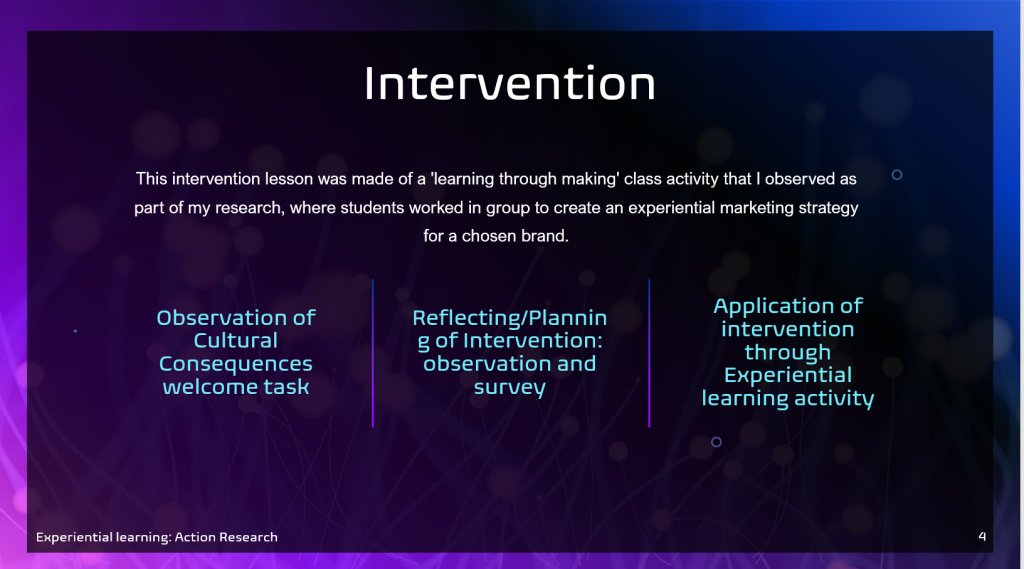
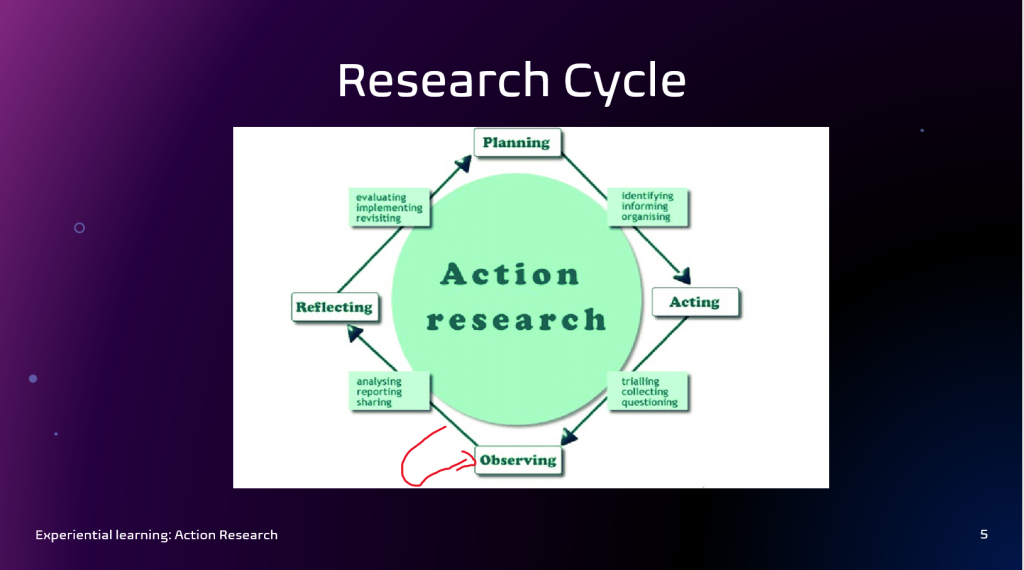
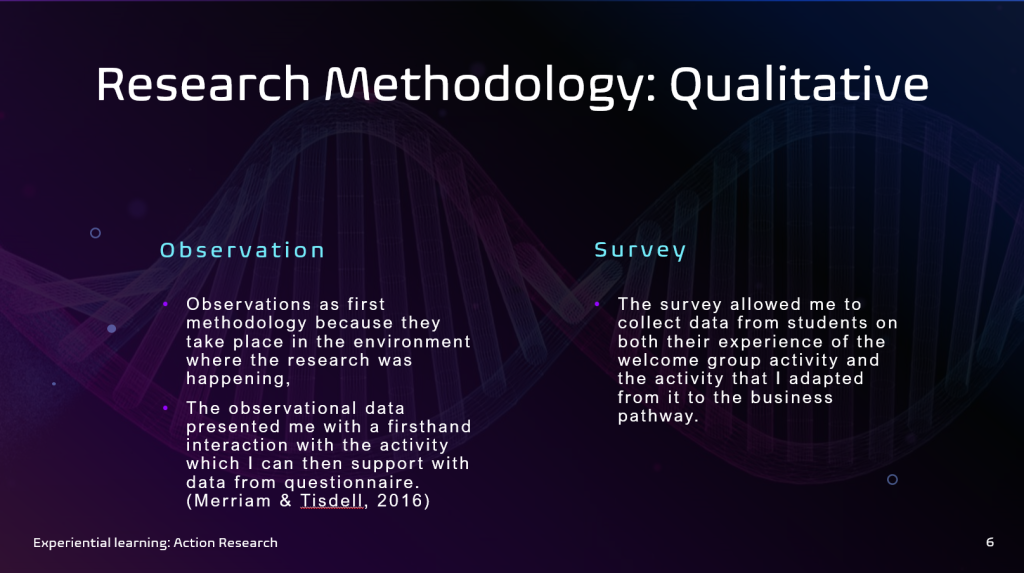
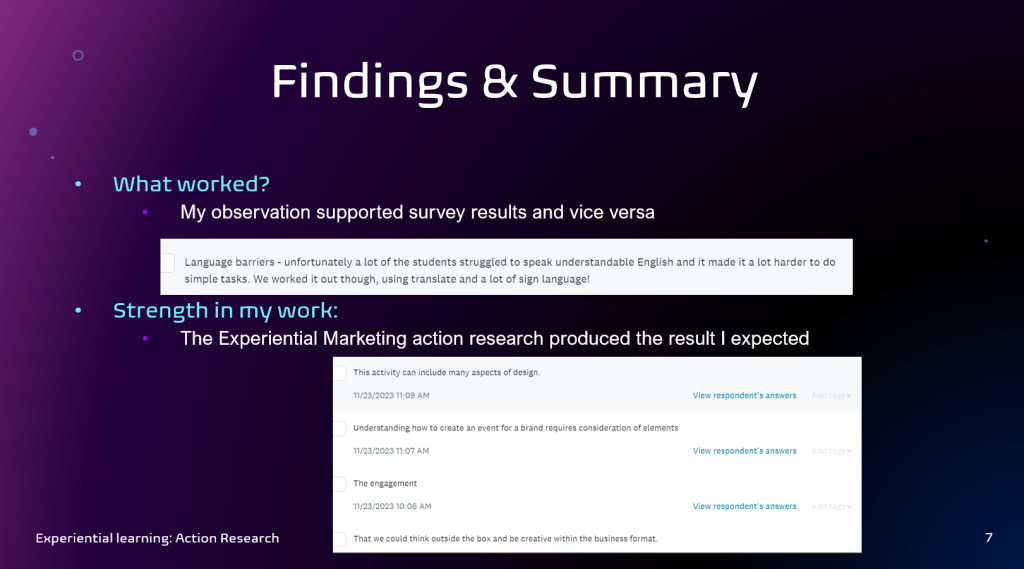
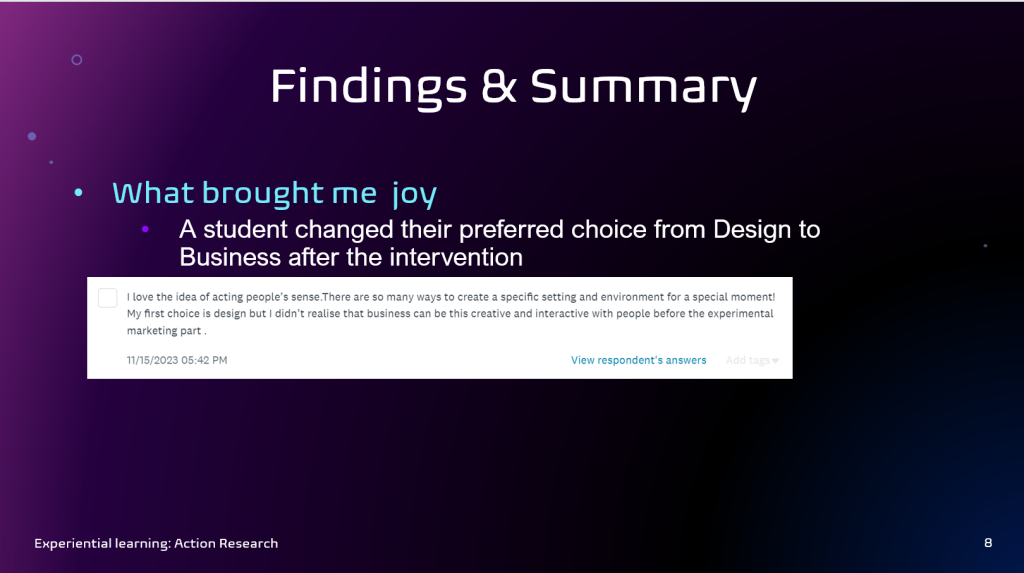
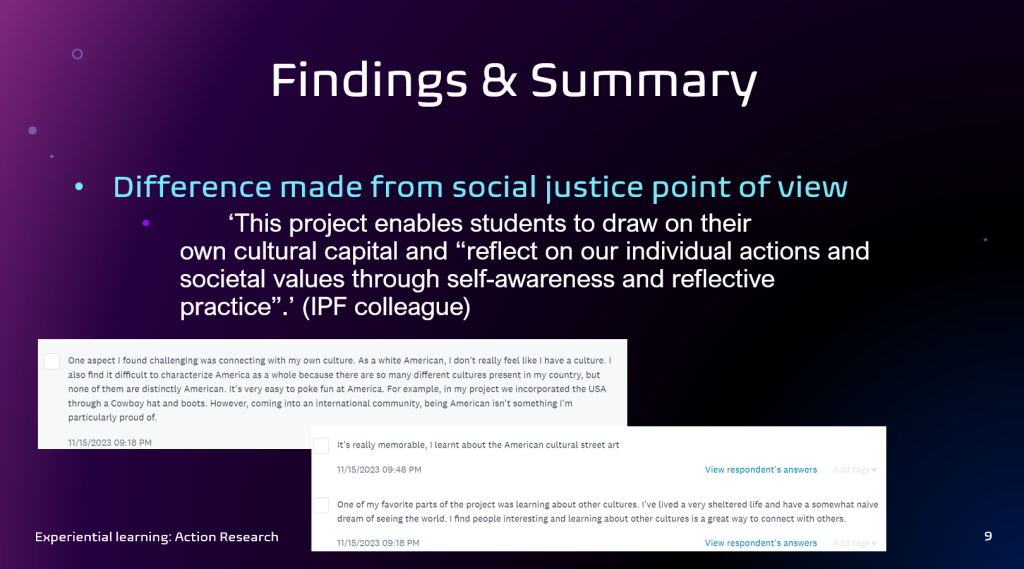
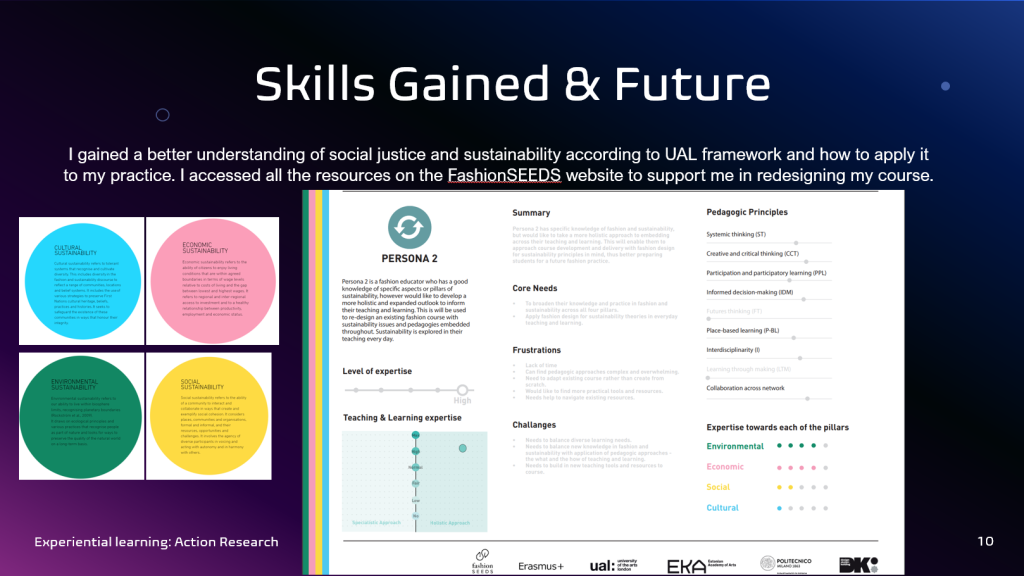
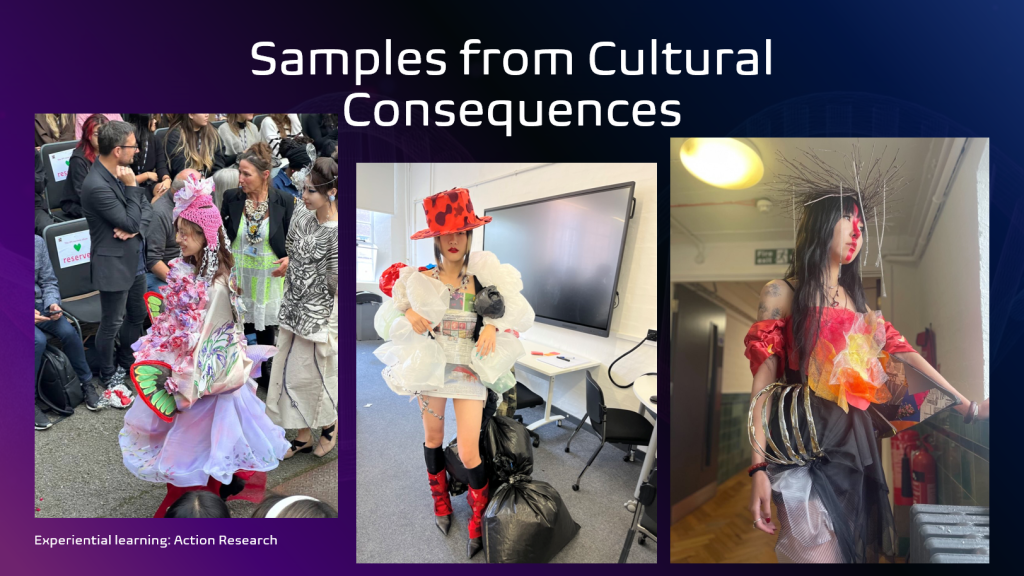
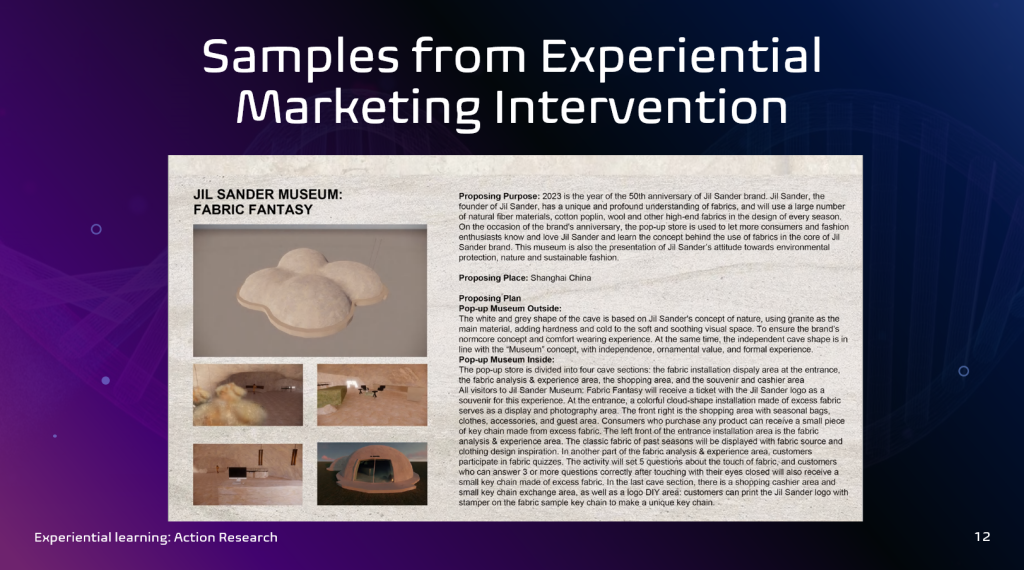
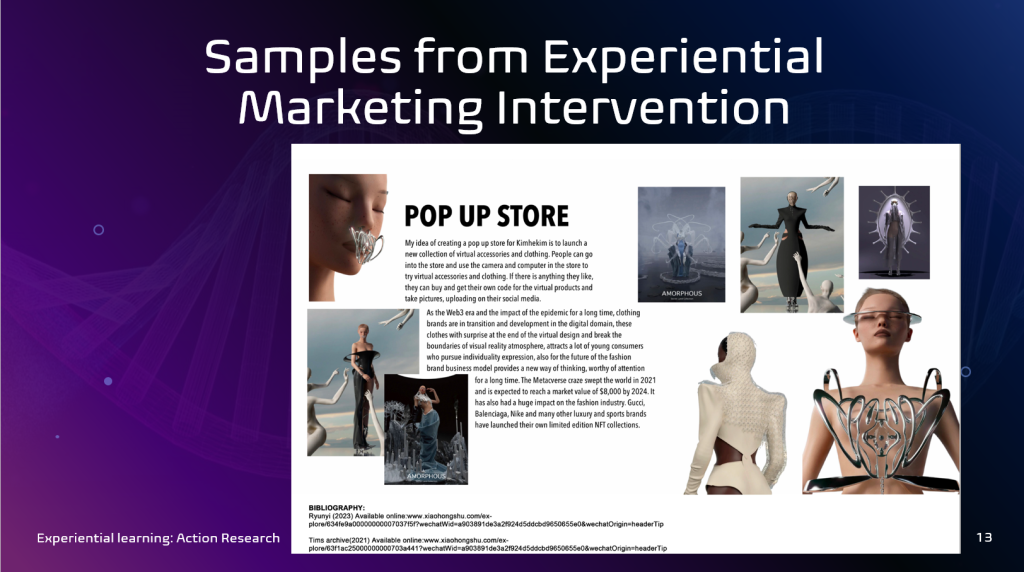
Participant-facing documents
Ethics
Research methods
Observation and Survey
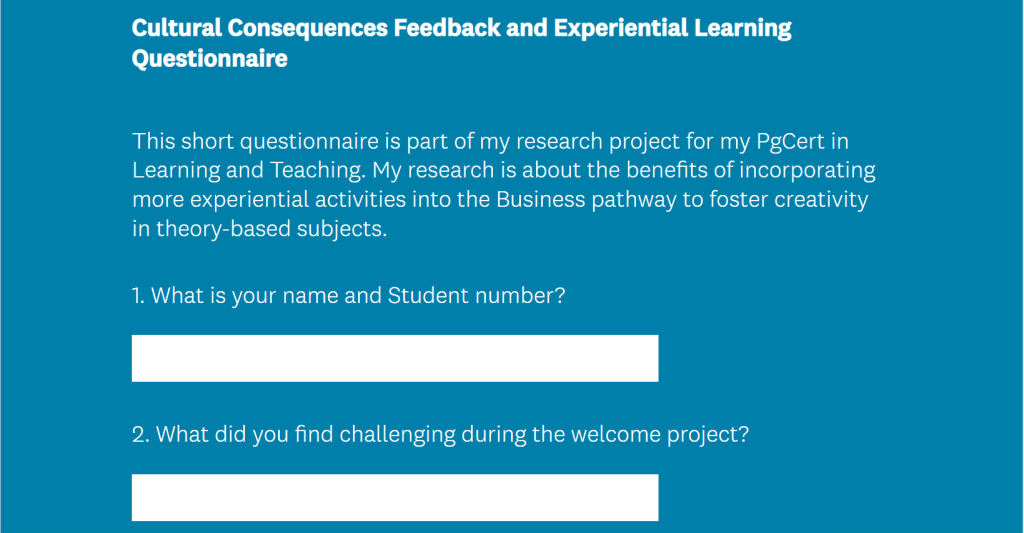
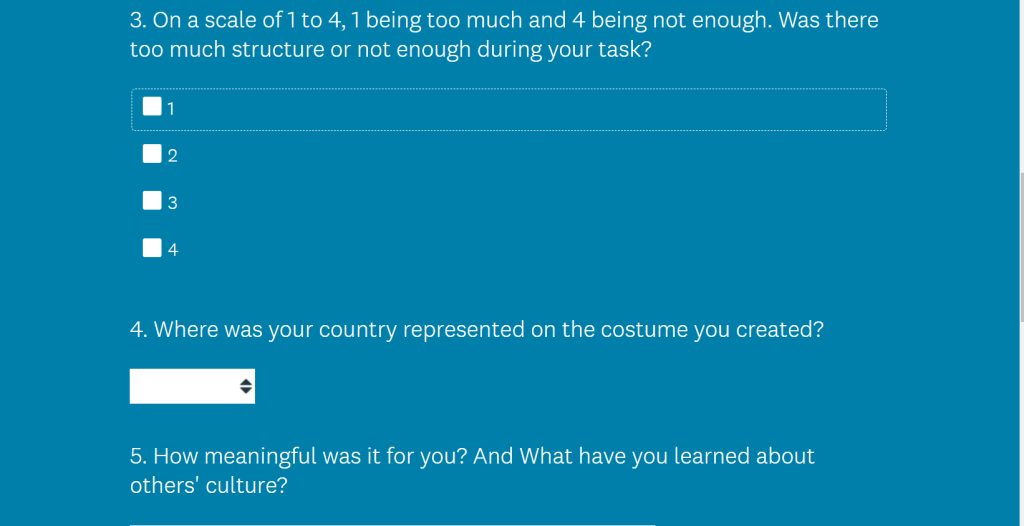
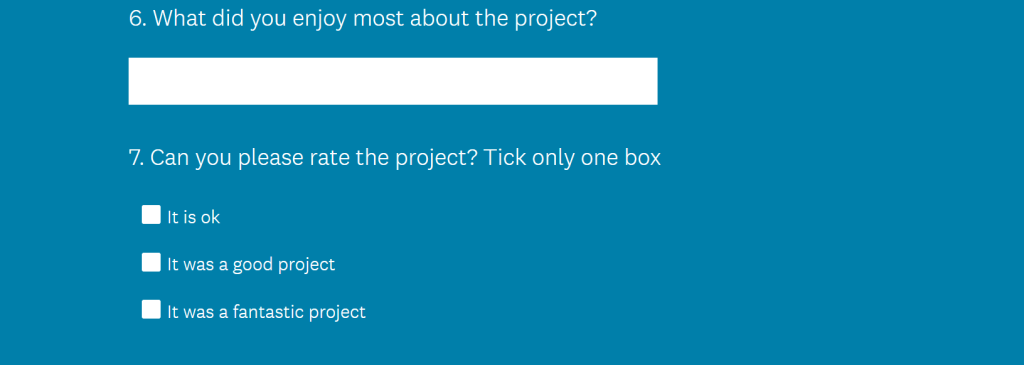
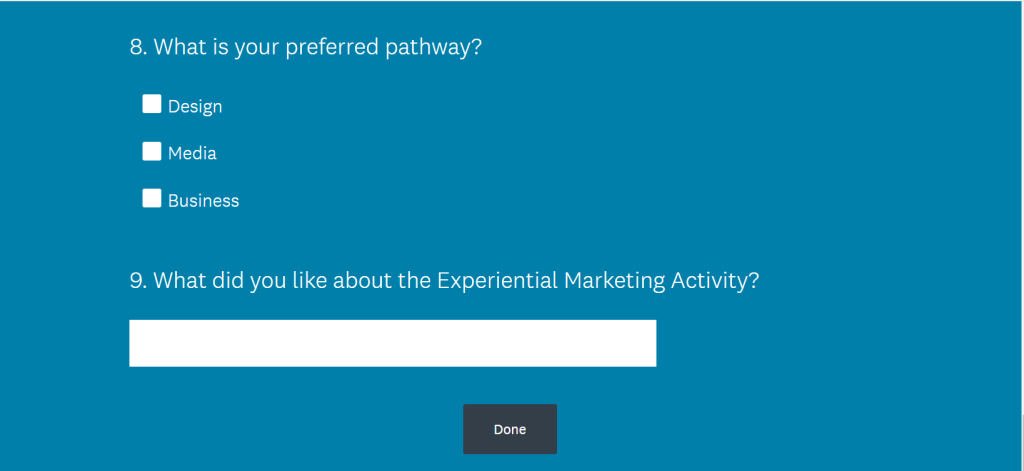
Action plan
- Ethics form – DONE
- Draft activity plan/brief – DONE
- Questionnaire – DONE
- Send and collect Consent – DONE
- Get feedback – DONE
- Email Colleagues for feedback on Cultural Consequences event feedback – DONE
- Prepare observation templates – TO DO
- Run activity – DONE
- Capture outputs – DONE
- Reflect on session – DONE
- Collate feedback – DONE
- Plan next steps – DONE
- Presentation slides – DONE
- Planning future action – DONE
Bibliography
Beard, C. & Wilson, P.J (2002,2006). Experiential Learning. A best Practice Handbook for Educators and Trainers. Second Edition. ISBN 0749444894. Kogan Page.
David, K. A. (2015). Experiential Learning. Experience as The Source of Learning and Development. Second Edition. Pearson Education, Inc
FashionSEEDS, (2024). Resources for Fashion Tutors. Available at: https://www.sustainable-fashion.com/online-resources/fashionseeds-%E2%80%93-resources-for-fashion-tutors. Accessed on the 05/01/2024.
K. A. David (2015). Experiential Learning. Experience as The Source of Learning and Development. Second Edition. Pearson Education, Inc
Mackinnon, Gregory & Young, David & Paish, Sophie & LeBel, Sue. (2019). Preparing Instructional Leaders: Evaluating a Regional Program to Gauge Perceived Effectiveness. International Journal of Education Policy and Leadership. Available at: https://www.researchgate.net/figure/An-action-research-cycle_fig1_330878189. Accessed on 5/01/2024.
Merriam S.B & Tisdell E.J (2016) Qualitative research. A guide to Design and Implementation. Fourth edition. John Wiley & Sons
Parson, L & Ozaki. C (2021). Teaching And Learning for Social Justice And Equity In Higher Education. Co-Curricular Environments. Palgrave McMillan